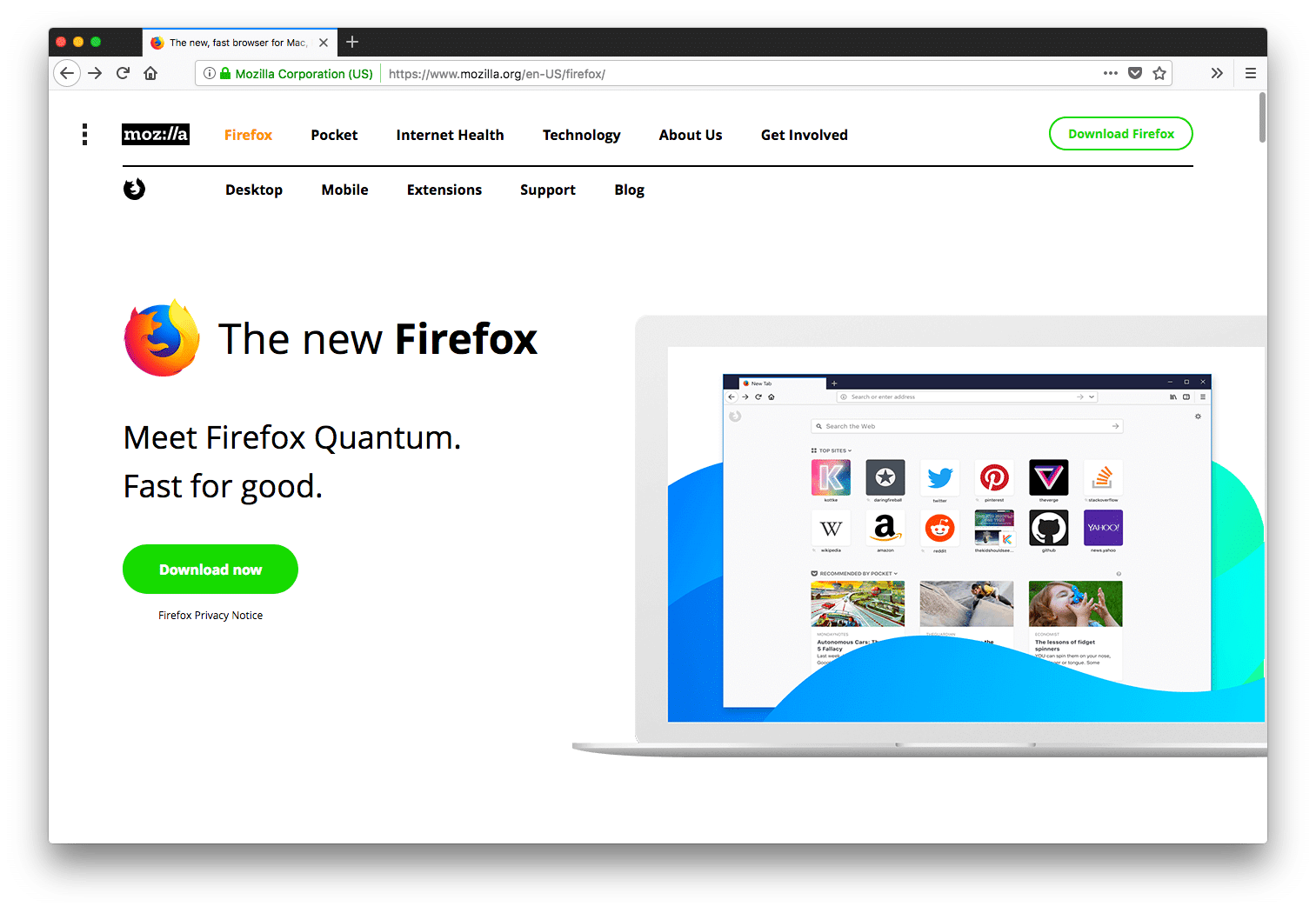Safari Vs Chrome Vs Firefox For Mac
It is practically impossible to get a website to look exactly the same on all browsers and platforms. Number one reason is that fonts are rendered differently on Windows, Mac, Linux, Solaris, etc. There is a new thought we follow: Websites do not have to look exactly the same on different browsers and platforms. You can take it to 96-98% of the way there very easily. The rest would take you an inordinate amount of effort for the potential gain.
Chrome Vs Firefox 3.5
We start development for Firefox. If we get that one right, the rest of the browsers are very close. IE is the real tricky one to get right most of the time. I recommend that you tell your client or yourselves that IE 6 is not really a requirement anymore. Make sure you start off on the right foot by using a 'reset' css stylesheet that puts all browser output on common ground. Check out: Lastly, save yourself some trouble and standardize on a Javascript library like ExtJS or JQuery or Prototype that will conceal away the browser differences and let you concentrate on the code for your project.
Develop to standards, then add exceptions Currently, the most popular mostly-compliant browser is Firefox, so developing to Firefox is a natural first step. Use the 's validators to make sure you're on track. Free turbotax 2016. Once your page is mostly done, verify that it still looks good in Safari and Chrome (also both highly-compliant browsers, so you shouldn't have too much trouble), then start fixing it for IE (both 6 and 7). And believe me, it will need fixed! Sites like can be a big help when it comes time to add exceptions. Always use the HTML 4.01 Strict DOCTYPE This is probably going to be one of the more controversial points here, as XHTML has a lot of proponents.
More so than Google’s Chrome, even though Apple remains complicit with Google’s spying efforts by making Google Safari’s default search engine. What about Mozilla’s new Firefox versions? A quick comparison of the Mac’s top three most popular browsers indicates two things.
Unfortunately, it is impossible to serve XHTML files in a manner which is both IE-compatible and standards-compliant — IE won't recognize the XHTML MIME types, and it violates the standard to serve them as text/html. Only the HTML 4.01 Strict DOCTYPE puts all browsers into (near-)standards mode while still complying with the standards.
For more info, look up. If you absolutely can't get by without writing pages which are well-formed XML, use an to convert your pages from the XML flavor of your choice into HTML. Don't use CSS 'hacks' They can be very tempting sometimes, but hacks are based on the side-effects of browser bugs. Because of this, it can be difficult-to-impossible to predict how future browsers will react to them.
Conditional comments, on the other hand, are an intentional feature of IE browsers and so are safe to use. In fact, they are an excellent way to keep your IE-specific (and often non-validating) CSS out of your valid stylesheets. Don't create pixel-aligned layouts Trying to get all browsers to line up, down to the pixel is an exercise in frustration (and, often, futility). Try to create layouts which still look okay when clobbered, as it's easier to fix a misalignment between, say, two left-hand borders than a left and a right which are on opposite sides of the page! Using a background image which has built-in borders should be a big warning flag! Don't use absolute sizes for fonts Not everyone uses the same size monitor as you do; instead of setting a footnote to font-size: 10px;, set it to font-size: smaller; or font-size: 80%. This is a big issue.
Don't rely on default values for CSS properties You never know whether all browsers use the same default. Is a great place to start. Here is an answer I gave a while ago about perfecting websites in browsers (from ) Actually, what you need to use when developing a web application are: • FireFox • IE • Safari • (Chrome soon.) And what I mean is that you should test every step of your website on all 3 major Grade-A browsers.so if something doesn't work in the process, you will know exactly what caused the break.
Parallels for mac activation key. If you don't check regularly with the browsers on how your page is turning out, it will be a lot harder to fix problems later on. A lot of developer like to start testing with FireFox and go to IE7. This way they have both most popular browser. I like to start with IE7 than go to FireFox because Firefox has this FireBug that let me see what's wrong and do the correction. But I have to say that I am changing slowly to test with FireFox fist since it does respect more all rules. (By the way, FireBug is available in Javascript for IE so it's great).

Of course, you should see who is your public. If it's internal used by the company and they only use IE. The choice is simple. If it's more for developer, you will have more user that will use FireFox. Office 365. You might want to test first depending of your audience. But, do not try to make it looks perfect on all browser, you will waste your time for nothing.